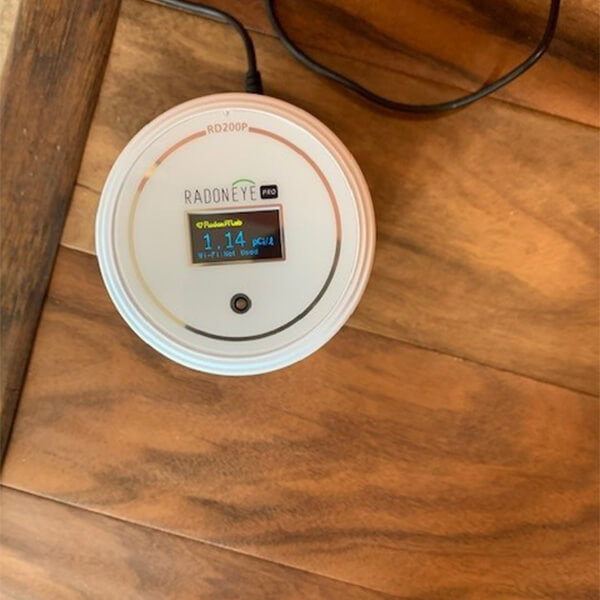Testing your home for radon is the only way to know if dangerous levels of the radioactive gas are accumulating indoors. But which test is best for your home? Though there are a variety of different testing devices, the two main types of radon tests available are short-term and long-term tests.
What is Radon and Why Test for It?
Radon is a radioactive gas that originates from the natural breakdown of uranium in soil and rock. It seeps into homes through cracks and openings in the foundation. As radon decays, it releases radioactive particles that can damage lung tissue when inhaled.
Radon exposure is the leading cause of lung cancer in non-smokers. In fact, radon is the #1 cause of lung cancer in non-smokers in the US, claiming approximately 21,000 lives per year. The Southwest in particular has some of the highest levels of radon in the country due to uranium deposits in the soil, especially in Colorado and Northern New Mexico.
Short-Term vs. Long-Term Radon Testing
The difference between short and long-term radon testing is fairly self-explanatory. Short-term test kits require you to place a small filter-based detector in the lowest livable level of your home and leave it there for 2-90 days. The detector absorbs radon particles to provide an average radon level reading over that brief testing period. These tests are affordable and deliver quick results.
With long-term testing, a small testing device (usually an alpha track detector) is placed in your home for over 90 days. The detector contains a special film that records alpha particle damage from radon over time. After 3 months, you mail the detector to a lab where the film is analyzed under a microscope to determine an average radon level.
Benefits of Long-Term Radon Testing
While short-term test kits are tempting for their speed, they only provide a brief snapshot of your home’s current radon levels. As radon levels can fluctuate both daily and seasonally, a short-term test could easily miss spikes in radon concentration and provide falsely low results. As such, short-term tests are not considered reliable for accurately measuring radon in a home that has never been tested before.
Long-term tests, on the other hand, account for these fluctuations and provide a precise annual average radon level. Long-term detectors are left in place for a minimum of 90 days to account for radon’s daily and seasonal variations. This provides a full picture of the home’s radon characteristics and maximum reading accuracy per the EPA protocols for reliable radon measurement.
For Accurate Radon Testing, Contact the Experts
While residents are able to administer short and long-term radon tests themselves, for the most accurate results, it is recommended by both the EPA and AARST-NRPP to have certified professionals test your home. Southwest Radon Eliminators offers both short and long-term radon testing services to homes across the Southwest. In the event your home tests high for indoor radon, we also install residential and commercial radon mitigation systems. Contact us today!
